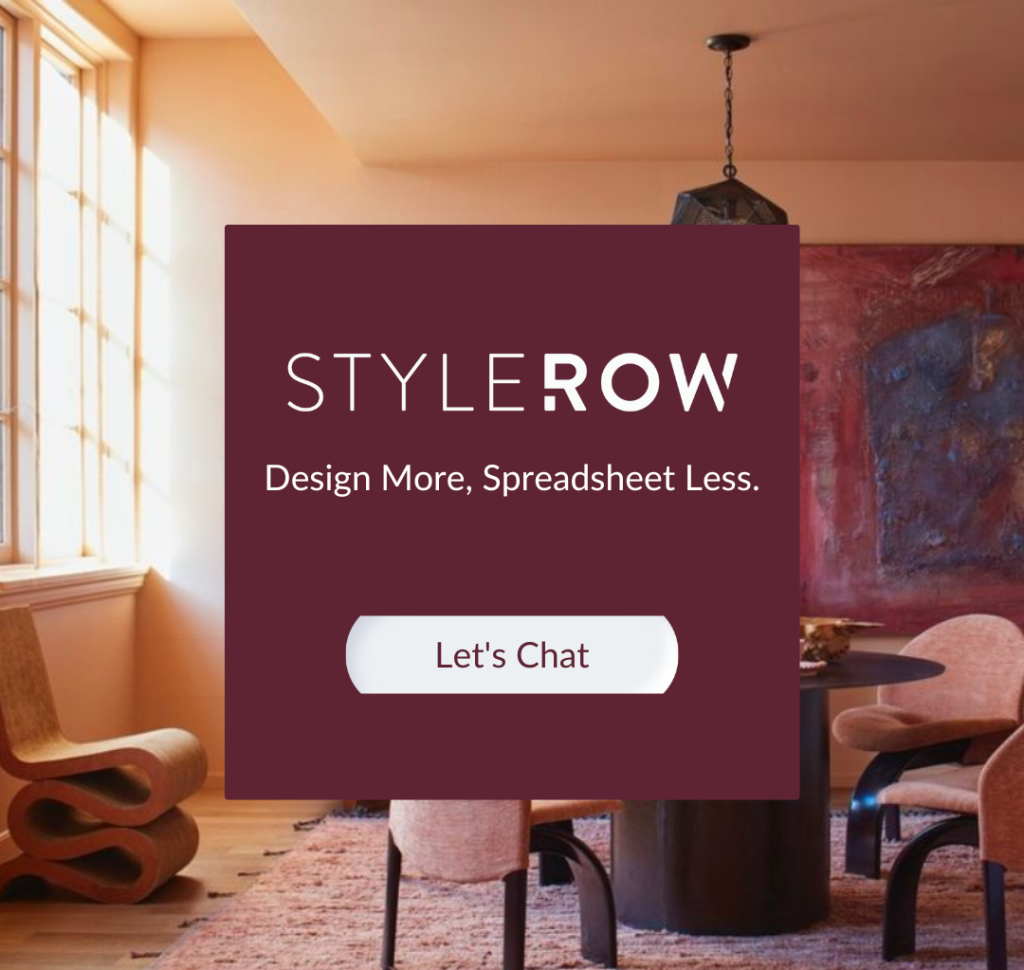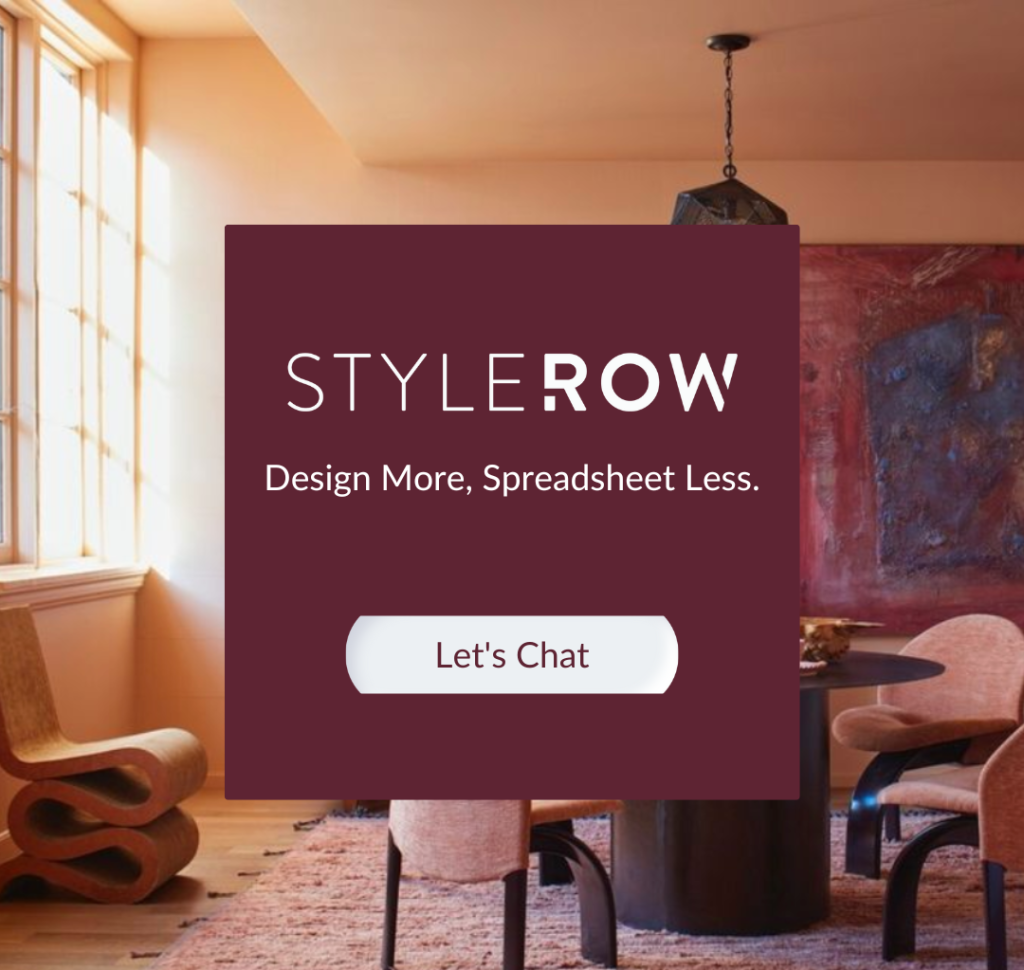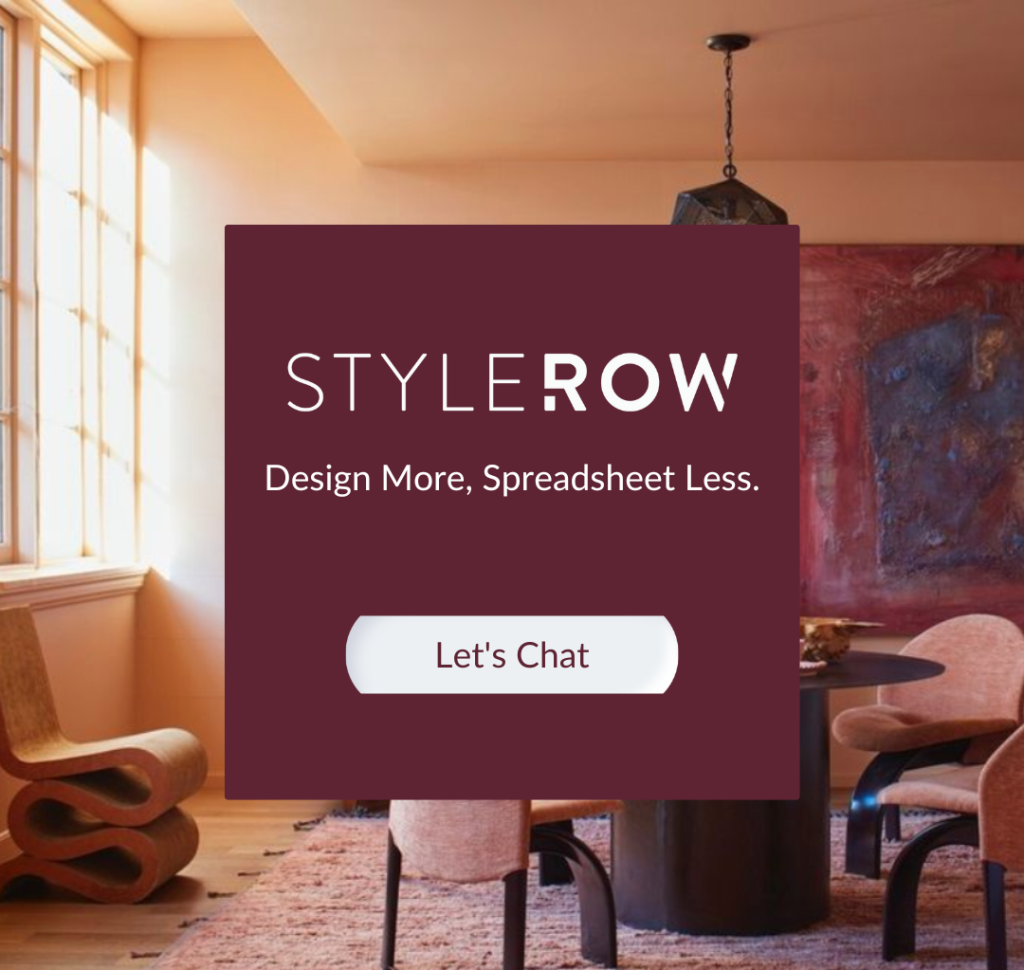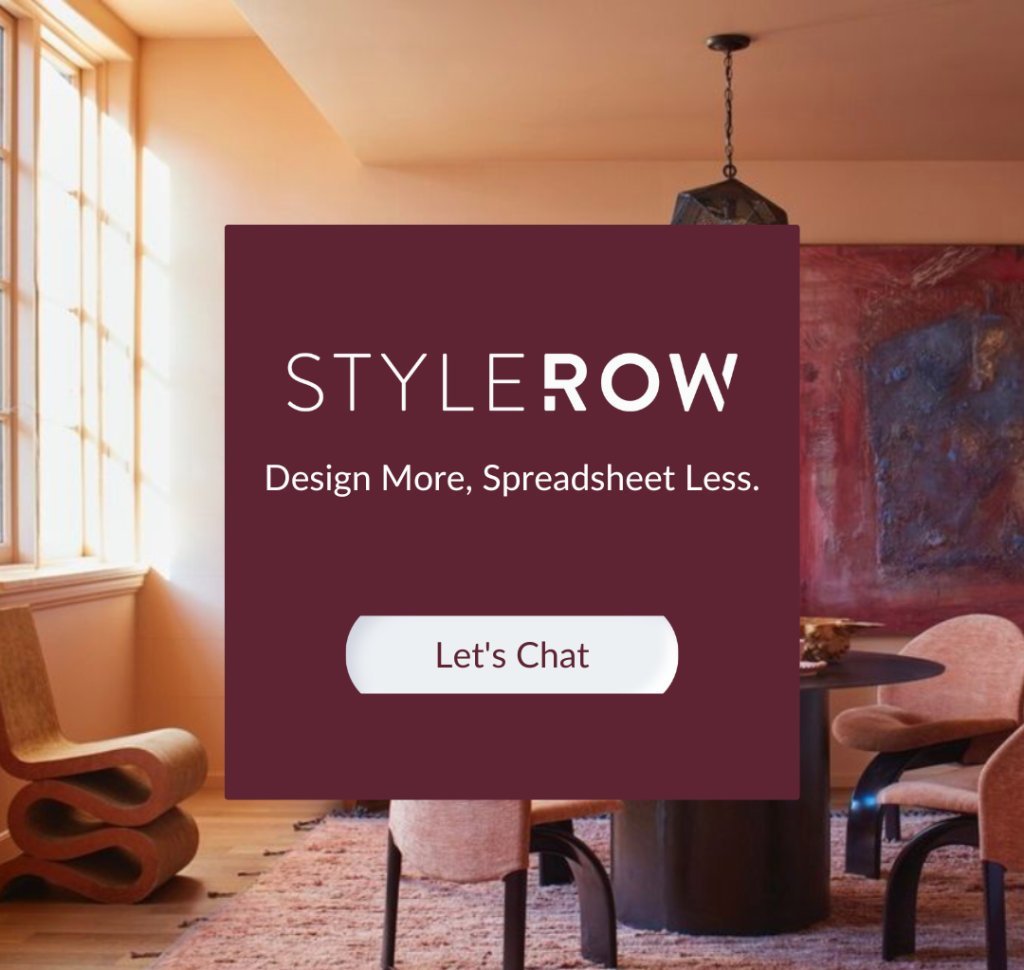In the dynamic world of interior design, growth is a key indicator of success. Expanding your interior design business into new markets can open up exciting opportunities and increase your profitability. However, it requires careful planning, strategic thinking, and a deep understanding of your new target market. This article will provide practical tips for expanding your interior design business into new markets.
Why Expansion Matters?
- Diversifies Your Client Base: Expanding into new markets can diversify your client base, reducing your dependence on a single market and increasing your business stability.
- Increases Revenue: By reaching more potential clients, you can increase your revenue and grow your business.
- Enhances Brand Recognition: Expanding your business can enhance your brand recognition, making you a more prominent player in the interior design industry.
- Promotes Innovation: Entering new markets can promote innovation, pushing you to adapt your designs to different tastes and trends.
Tips for Expanding into New Markets
- Understand Your New Market: Before you can successfully expand, you need to understand your new market. This includes the preferences of potential clients, the competitive landscape, and any local regulations or requirements.
- Adapt Your Services: You may need to adapt your services to meet the needs of your new market. This could involve offering new design styles, incorporating local trends, or even partnering with local suppliers.
- Build Relationships: Building relationships with local businesses, suppliers, and potential clients can be crucial for your expansion. Networking events, partnerships, and local advertising can all help you build these relationships.
- Market Your Business Effectively: Effective marketing is crucial when entering a new market. This could involve social media marketing, search engine optimization, or even traditional advertising methods.
- Provide Excellent Customer Service: Excellent customer service can help you stand out in a new market. This includes responding promptly to inquiries, resolving issues effectively, and going the extra mile to satisfy your clients.
Expanding your interior design business into new markets can be a rewarding endeavor, but it requires careful planning and strategic thinking. By understanding your new market, adapting your services, building relationships, marketing effectively, and providing excellent customer service, you can successfully expand your business and reap the benefits of increased growth and profitability.





















